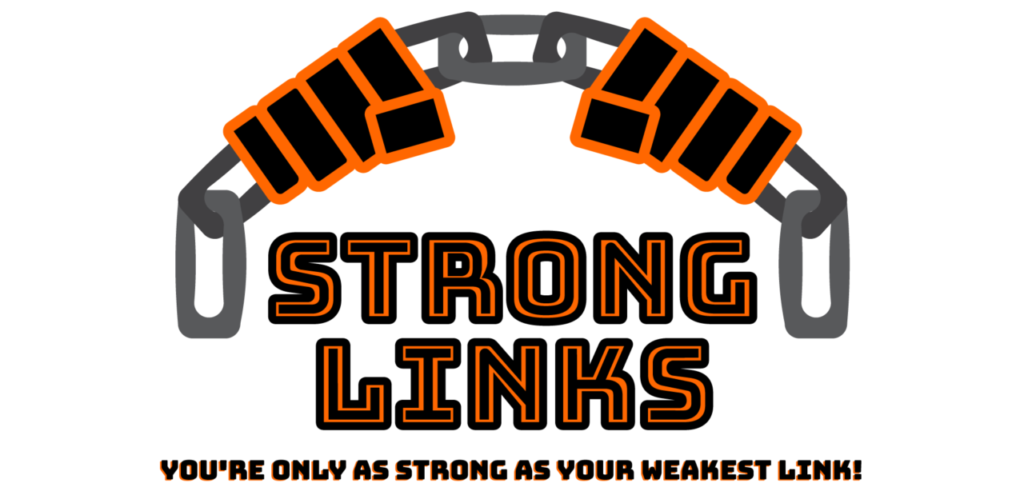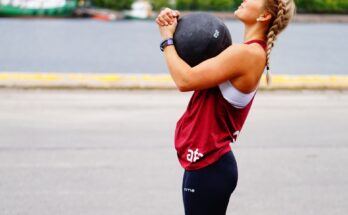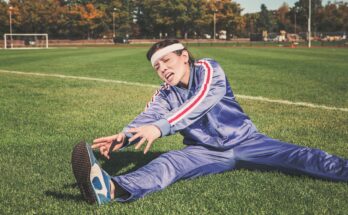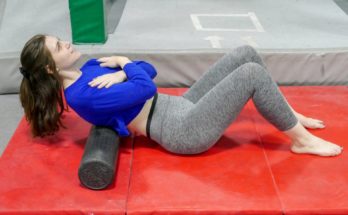
Ely Jennis here with Strong links. I want to talk about the purpose of exercise and how to approach it with any goal in mind. Anyone can learn how to exercise properly. This information is valuable for anyone, athletes and advanced lifters, bodybuilders, regular Joes trying to stay fit and healthy, and elderly people with injuries and special needs, even kids. Whether you’re just starting out or have been exercising your whole life, what we are going to discuss will apply to you.
What is a Muscle Imbalance?
A muscle imbalance is when the muscles surrounding a joint have altered in their optimal function. When our lifestyles cause us to overuse certain muscles they become overdeveloped and we begin to compensate with them. Regardless of how you train, whether it be total body, isolating body parts, whether you prefer cardiovascular exercise to lifting, or HIIT training, whether you’re into classes such as Zumba, or exercise for a sport or activity, we must understand how important it is to train your weakest link.
If a muscle group is neglected and other muscle groups are constantly trained, we end up with imbalances. Imbalances will impact performance and results. Imbalances generally develop over long periods of time and repetition and are one main cause of chronic pain and other issues. Tendinitis, shin splints, shoulder pain, low back pain, neck pain, all of these issues are likely rooted in muscle imbalances.
What is the Goal?
Your goal in training should always be to remain balanced no matter how you decide to exercise. Approaching your fitness in this manner will allow you to continue to see results, avoiding plateaus, avoiding injury, maximizing your efficiency and results.
Often, many of us will utilize exercise programs from various sources such as Instagram, YouTube, websites, forums, magazines. I have personally tried countless programs and routines, some of them worked well for me and others not so much. The reality is these are all tools and we must simply understand which tool is going to be the most effective for you as an individual. If you use the wrong tool you won’t get the job done. If you can select the proper tool you can create a masterpiece!
What can you do about muscle imbalances?
One helpful tool we can use to begin to identify dysfunctions is an assessment. Although an assessment isn’t writing set in stone, it is a useful tool to help expose less favorable movement patterns. Performing one or two assessments is a good way to get started. The next step is to learn about the results. Often we can group the problems we discover into body segments and associated with a corresponding dysfunction. When we learn a little more about the commonly discussed dysfunctions we can begin to understand what corrective exercise strategies to implement.
What is important?
Exercise selection and quality of the movement are some of the more important facets to understand when training. We must make sure that we include exercises targeted towards our weak and imbalanced muscles. You must learn to identify your personal imbalances with a basic understanding of functional anatomy and guidelines for approaching an imbalance.
I’m not going to discredit anyone’s information or training styles, just provide context for its utilization. If I reference a physical therapist, trainer, or physio, I’m taking information that is generally (but not always) accepted and relevant. Not everyone is going to have all the correct information, but we shouldn’t discredit good advice and informed science simply because an individual or source isn’t correct 100% of the time. We should hold the most informed opinion we can base off of available information until new information is acquired! Sports medicine is a constantly evolving field and relatively new science. Information is constantly under revision.
If you understand these tenants you will be much better equipped to identify advice, information, and exercises that will be valuable for your personal progress.
StrongLinksFitness Position
Strengthening a muscle remains the most relevant and validated strategy and exercise is what accomplishes that. The exercise selection, programming strategies, sports specific training, frequency and intensity of exercise are the bread and butter of athletics. Stretching is a big component in many approaches to muscle imbalances and corrective exercise techniques, however, science has shown its mechanism isn’t understood.
On StrongLinksFitness I include stretching techniques under the corrective exercise section. I want to provide the complete strategy that is discussed in mainstream literature but I do my best to frame its controversial efficacy. We do everything we can to stay current with the research and alter our strategies to programming and exercise accordingly. We strongly believe in a fact-based approach but also understand that if there isn’t enough research, anecdotal evidence might warrant experimentation.



